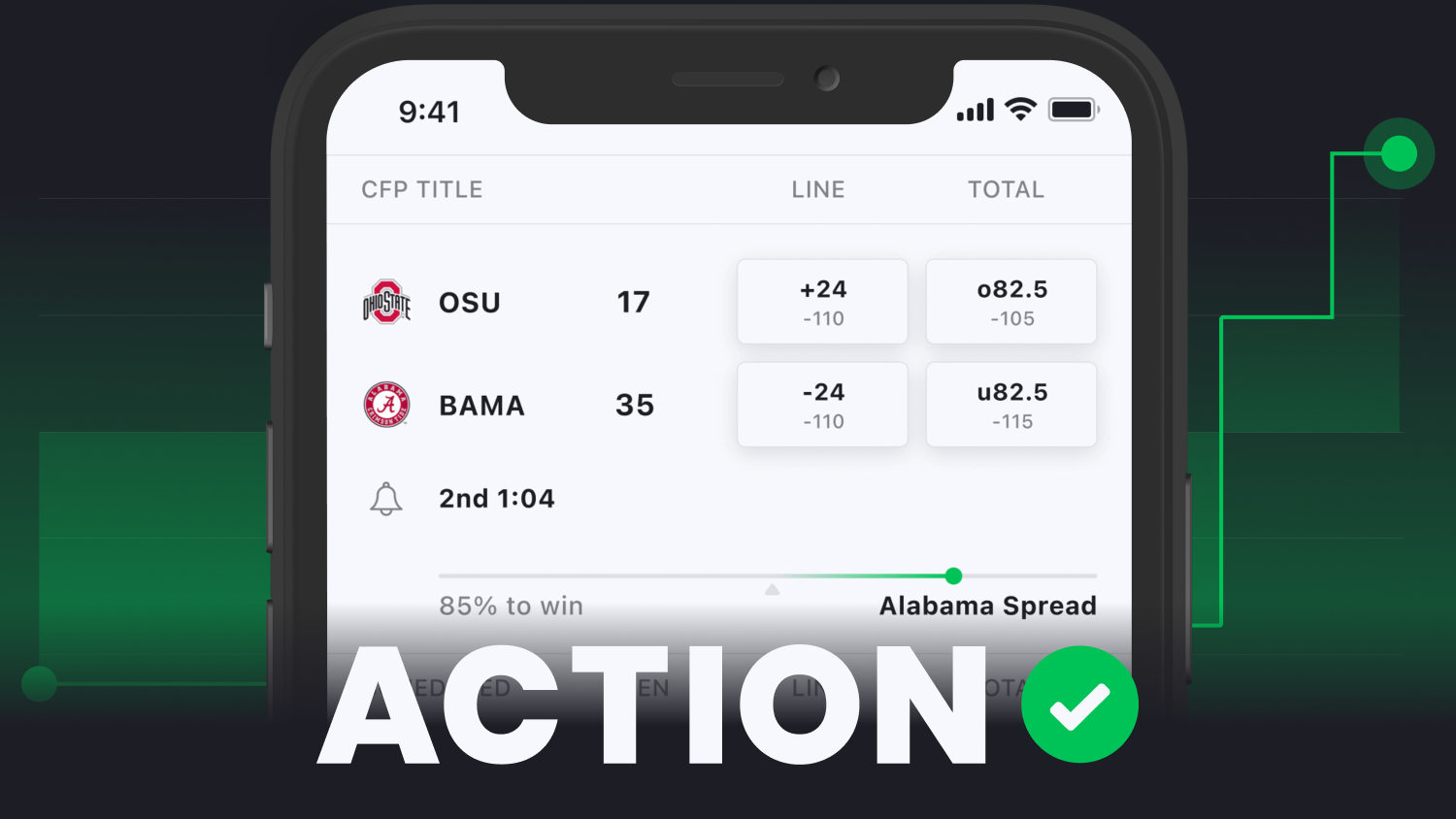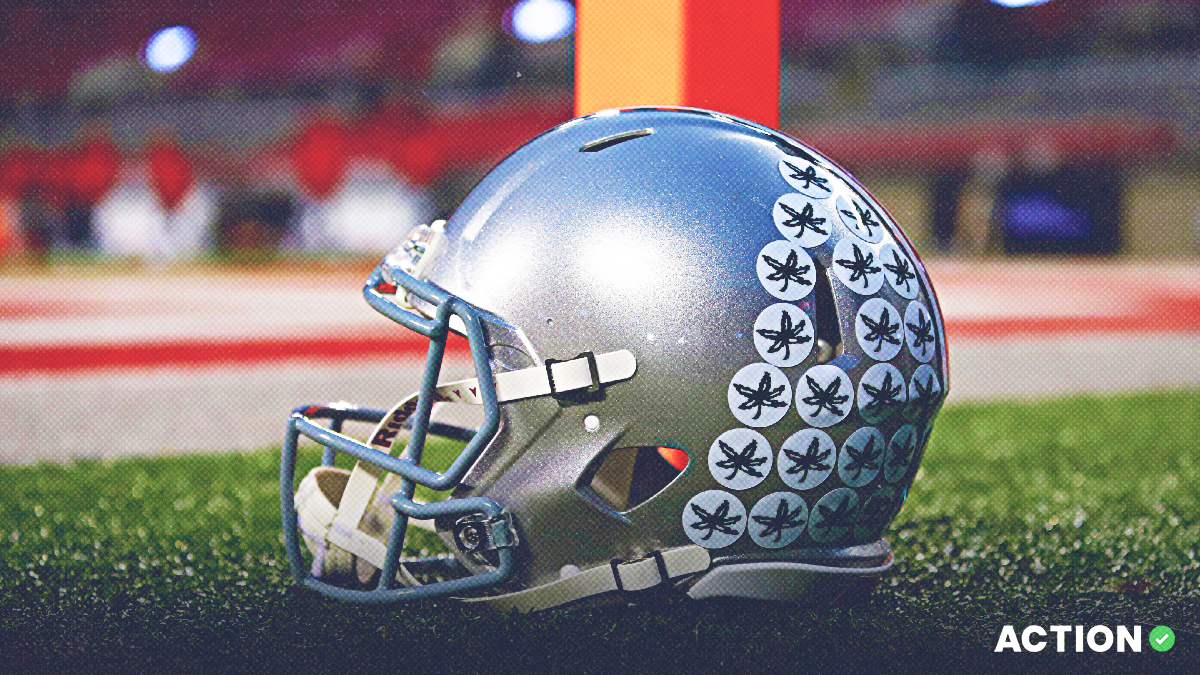A new age of college football is at the doorstep in 2024 with conference realignment and the introduction of a 12-team playoff taking center stage.
The Pac-12 has been decimated, spreading out to the ACC, Big Ten and Big 12, while Kennesaw State joins the FBS ranks.
The landscape also continues to change in the third year of a wide-open transfer portal.
Just a decade ago, I would stand in line at the Golden Nugget for Game of the Year numbers, and each gambler had Phil Steele's returning starters memorized for each FBS squad. But long gone are the days of waiting until the summer for a fresh copy of Steele's annual preview.
Soon enough, handicappers turned to returning production over starters. With tweaks to the statistical categories and the transfer portal in mind, Action Network started TARP (Transfer Activity & Returning Production) in 2021.
Experience is everything when it comes to predicting the upcoming season. That remained true last season when Washington and Oregon topped the TARP rankings.
The jury is still out on the correlation between the transfer portal and winning the National Championship. Two seasons ago, both USC and LSU dominated in the transfer portal before falling short of the College Football Playoff. Colorado was then the portal destination a season ago but failed to qualify for a bowl game.
In fact, none of the eight teams that made the College Football Playoff over the previous two years finished top-10 in the transfer portal rankings.
This article will serve as 2024's first version of TARP before the portal opens once again from April 15-30.
The formula for TARP is different on each side of the ball. A team’s power rating can swing by as many as 12 points with respect to experience. College football is dominated by offense, so TARP has a range of +-7 points offensively and +-5 defensively.
Here are the categories calculated to determine a team's TARP number:
Offense:
- Passing Yards (33%)
- Receiving Yards (33%)
- Rushing Yards (7%)
- Offensive Line Snaps (27%)
Defense:
- Tackles (40%)
- Passes Defensed (33%)
- Pressures (10%)
- Stops (17%)
With those calculations in mind, here’s a look at the final TARP tally heading into spring ball:

















































